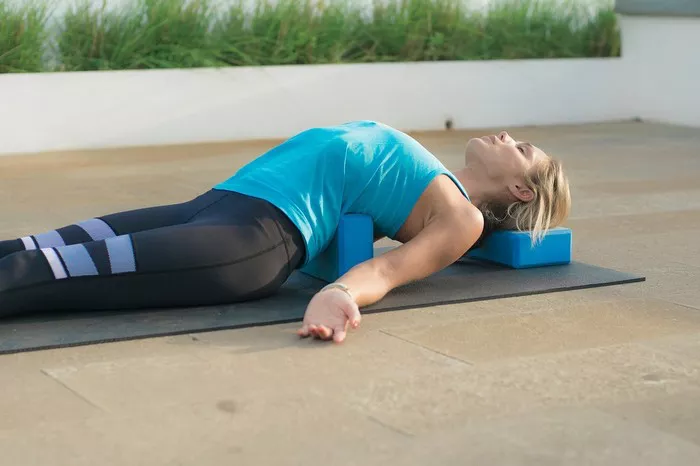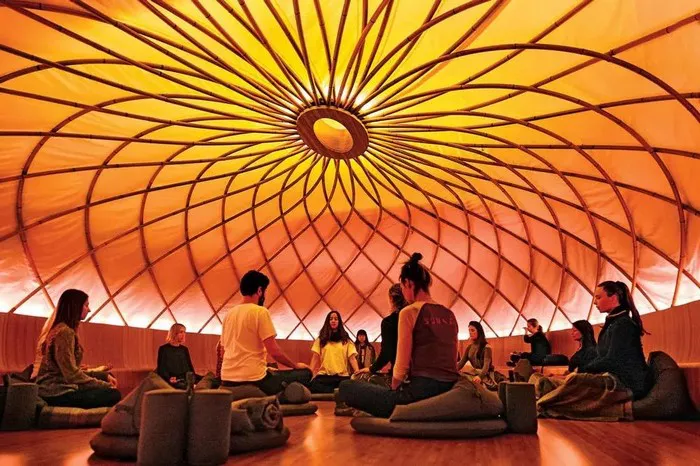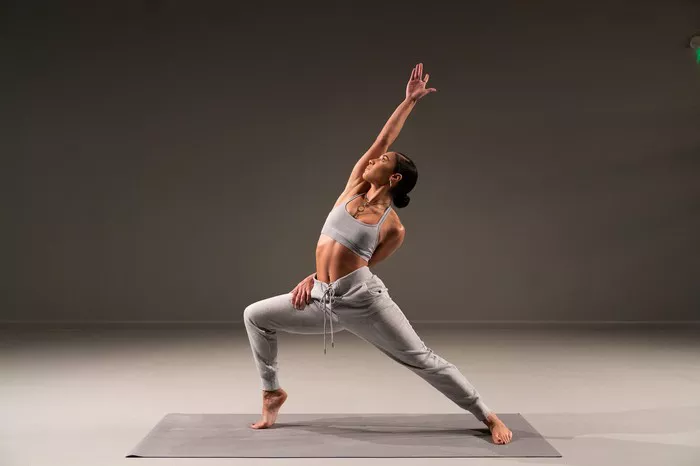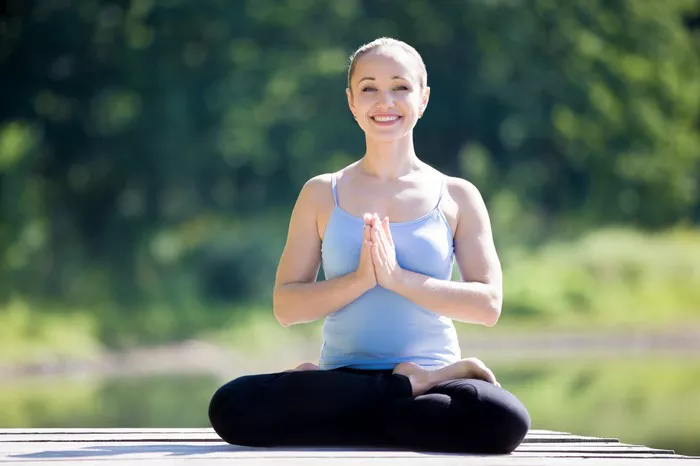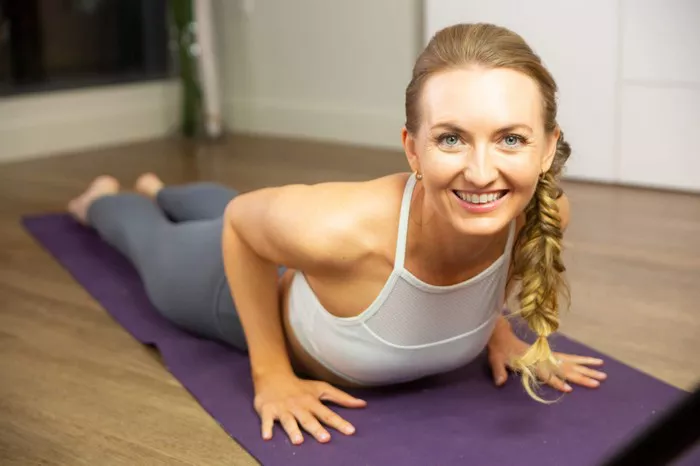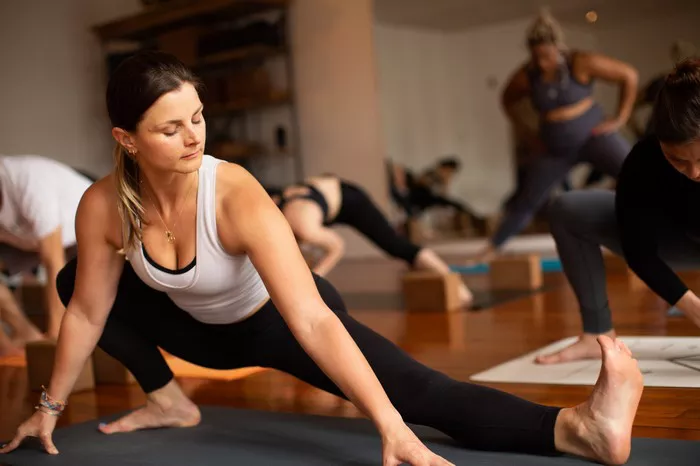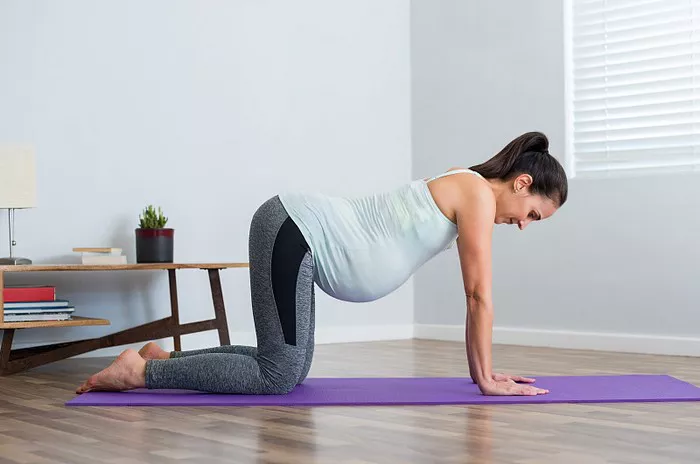Yoga is a practice that connects the body, mind, and spirit through movement, breath, and meditation. It is a transformative journey that leads practitioners to greater self-awareness, strength, flexibility, and balance. One of the most valuable aspects of yoga is its vast range of poses, each targeting specific areas of the body and providing unique physical and mental benefits. Among the numerous poses practiced in yoga, the Goddess Pose (Utkata Konasana) and the Horse Pose (Ashwa Sanchalanasana) are two that stand out due to their powerful effects on the body and their similarities in form and structure.
While both of these poses are grounded in the lower body, they are distinct in their specific postural alignment, benefits, and use in a yoga sequence. This article will explore the key differences between the Goddess Pose and the Horse Pose in terms of their anatomical focus, alignment, benefits, and how to practice each one safely and effectively.
1. Overview of the Goddess Pose (Utkata Konasana)
The Goddess Pose, also known as Utkata Konasana in Sanskrit, is a standing yoga posture that involves a deep squat while the legs are spread wide, and the feet are turned outward. The arms are generally extended overhead or at shoulder height. This posture is often used to build strength, flexibility, and stability in the lower body. The Goddess Pose is named for its association with the feminine energy, invoking a sense of empowerment, strength, and grace, much like the goddess it is named after.
Key Elements of the Goddess Pose:
- Feet are wide apart, facing outward.
- Hips are lowered into a squat position.
- Knees are bent deeply, with the thighs parallel to the floor.
- The arms are often raised overhead or extended at shoulder height with the palms facing inward or outward.
This pose can be challenging for the hips, knees, and ankles, but with proper alignment and practice, it offers a deep stretch for the inner thighs, groins, and hips, while also strengthening the lower body.
2. Overview of the Horse Pose (Ashwa Sanchalanasana)
The Horse Pose, or Ashwa Sanchalanasana, is a dynamic pose that is typically included in sun salutation variations or standing sequences in yoga. This posture resembles the action of riding a horse, with one leg forward and the other extended behind. The front knee is bent, while the back leg remains straight and strong, and the torso stays lifted. The arms are either raised overhead or placed in a prayer position in front of the chest.
Key Elements of the Horse Pose:
- One leg is in a lunge position with the knee bent at 90 degrees.
- The other leg is extended behind with the foot flat on the ground and the knee straight.
- The arms are typically raised overhead or brought into a prayer position.
- The chest is open and lifted, with the gaze forward.
The Horse Pose requires balance, flexibility, and strength, particularly in the hips, legs, and core. It is a great stretch for the hip flexors, thighs, and shoulders, and it also builds core stability and engages the muscles of the back.
3. Key Differences Between the Goddess Pose and the Horse Pose
While both the Goddess Pose and Horse Pose work the lower body and involve a squat or lunge position, there are several key differences that set these two poses apart. Understanding these differences will help you appreciate how each pose targets the body and enhances the practice in unique ways.
Postural Alignment:
Goddess Pose: In the Goddess Pose, the body remains grounded in a deep squat with the feet placed wide apart and facing outward. The legs are bent deeply, and the pelvis is lowered toward the floor. The posture encourages a wider stance and external rotation of the legs, which works the inner thighs, hips, and glutes.
Horse Pose: The Horse Pose features a wide stance similar to the Goddess Pose but is more dynamic, with one leg forward in a lunge and the other extended behind. The back leg is straight, and the hips are open and squared forward. The torso is upright, and the arms can be extended overhead or brought into a prayer position.
Focus on the Lower Body:
Goddess Pose: The Goddess Pose is deeply rooted in the hips, inner thighs, and glutes. As you hold the squat, you engage the muscles of the legs and glutes, while the feet and knees work to maintain alignment. The deep bend in the legs challenges the quadriceps, hamstrings, and calves, providing an excellent lower body workout.
Horse Pose: The Horse Pose focuses on hip flexibility, core strength, and balance. The lunge position opens up the hip flexors and stretches the quadriceps of the extended leg. The deep bend of the front knee works the thighs and strengthens the muscles of the lower body. The posture also requires balance and engagement of the core to maintain an upright torso.
Engagement of the Core:
Goddess Pose: The Goddess Pose requires some core engagement to maintain an upright torso and stability in the deep squat. However, it is not as core-intensive as the Horse Pose.
Horse Pose: The Horse Pose engages the core more actively, as the torso must remain lifted and balanced over the bent front leg. Core stability is essential to maintain a strong, controlled pose and prevent the lower back from collapsing.
Benefits for Flexibility and Strength:
Goddess Pose: This pose provides an excellent stretch for the inner thighs, hips, and groin. It opens up the pelvis, improves flexibility in the legs, and strengthens the lower body. The posture also encourages an openness in the chest and shoulders when the arms are raised overhead.
Horse Pose: The Horse Pose primarily benefits the hip flexors and quadriceps, improving flexibility in these areas. It also builds strength in the legs, especially in the calves and thighs, while challenging balance and stability. The back leg, when extended behind, helps stretch the hip flexors, promoting flexibility in the lower body.
4. How to Practice the Goddess Pose
To perform the Goddess Pose, follow these steps:
- Start in a standing position with your feet about 3 to 4 feet apart, toes turned outward at a 45-degree angle.
- Bend your knees deeply to lower your hips towards the floor. Aim to bring your thighs parallel to the ground.
- Engage your core muscles to maintain an upright torso. Avoid collapsing your chest or rounding your back.
- Extend your arms overhead with your palms facing inward, or place your arms at shoulder height with your palms facing each other.
- Hold the pose for 5-10 breaths, focusing on maintaining a strong connection between your legs and feet. Keep your gaze forward.
- Release the pose by straightening your legs and bringing your arms down.
5. How to Practice the Horse Pose
To perform the Horse Pose, follow these steps:
- Begin in a standing position and step one foot forward into a lunge position. The front knee should be bent at a 90-degree angle, while the back leg is extended straight behind you with the foot flat on the ground.
- Press the hips forward as you sink into the lunge, opening up the hip flexors of the back leg.
- Lift your chest and engage your core to maintain an upright torso. Keep your gaze forward.
- Extend your arms overhead, palms facing each other, or bring your hands into a prayer position in front of your chest.
- Hold the pose for 5-10 breaths, focusing on balance, flexibility, and strength.
- Return to standing by stepping your back leg forward and repeating on the other side.
6. When to Incorporate These Poses in Your Practice
Both the Goddess Pose and the Horse Pose can be included in a variety of yoga sequences to enhance flexibility, strength, and balance. They are often incorporated into sequences that focus on building leg strength, improving hip flexibility, and increasing stability in the core.
- Goddess Pose is ideal for creating a sense of empowerment, especially in sequences that work on the lower body and open the hips. It is a great pose to include in a standing sequence or flow that targets the legs and hips.
- Horse Pose is excellent for building balance, stability, and strength in the lower body. It can be added to sun salutations or used as a transition between poses in a flow sequence.
Conclusion
While the Goddess Pose (Utkata Konasana) and Horse Pose (Ashwa Sanchalanasana) share similarities in their wide-legged stances, they differ significantly in alignment, focus, and benefits. The Goddess Pose is a grounding and strengthening posture that focuses on the inner thighs, hips, and glutes, while the Horse Pose emphasizes flexibility, balance, and strength in the lower body with a focus on the hip flexors and quadriceps.
Both poses are valuable additions to any yoga practice, offering distinct benefits that support overall physical health and mental focus. Whether you are looking to enhance your flexibility, build strength, or simply deepen your connection with your body, the Goddess Pose and Horse Pose provide excellent ways to engage the muscles, improve posture, and cultivate a sense of strength and stability.
By understanding the differences between these two poses, you can practice them mindfully and make the most of their unique benefits. With regular practice, both the Goddess Pose and the Horse Pose can become powerful tools in your yoga journey, enhancing your physical and mental well-being.
Related topics:

